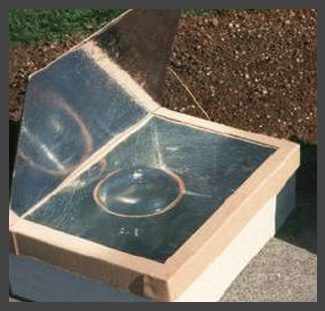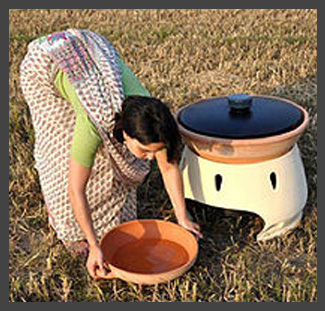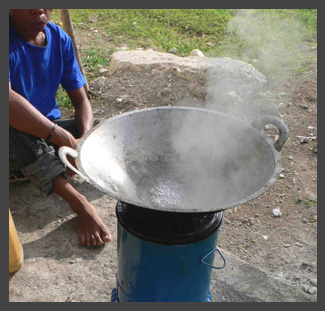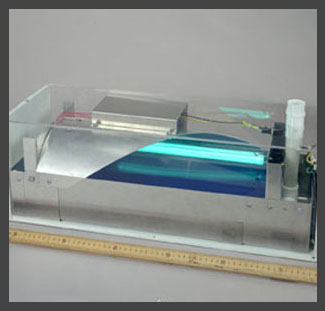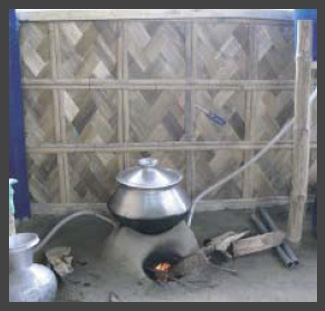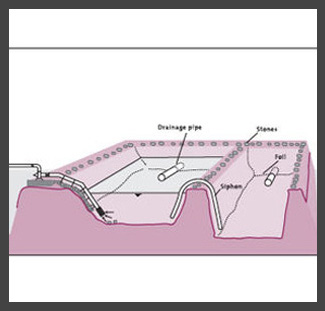Difference between revisions of "HWTS - Physical"
From Akvopedia
| Line 6: | Line 6: | ||
<br> | <br> | ||
<br> | <br> | ||
| − | {| | + | <div style=" background-color: #efefef; text-align: center; -moz-border-radius: 8px; -webkit-border-radius: 10px; border: 1px solid #63B8FF; padding: 3px;" > |
| + | {|cellpadding="3" cellspacing="0" width="100%" | ||
|- | |- | ||
|style="background:#efefef;"|[[Image:Sodis_icon.png|center|link=http://akvo.org/wiki/index.php/UV_treatment_/_Solar_disinfection_%28SODIS%29]] | |style="background:#efefef;"|[[Image:Sodis_icon.png|center|link=http://akvo.org/wiki/index.php/UV_treatment_/_Solar_disinfection_%28SODIS%29]] | ||
| Line 26: | Line 27: | ||
|style="background:#efefef;"|<div class="center" style="width:auto; margin-left:auto; margin-right:auto;">[[UV treatment with lamps]]</div> | |style="background:#efefef;"|<div class="center" style="width:auto; margin-left:auto; margin-right:auto;">[[UV treatment with lamps]]</div> | ||
|- | |- | ||
| − | |colspan="5" style="background-color:# | + | |colspan="5" style="background-color:#DEDEDE;"| |
|- | |- | ||
|[[Image:Chulli icon.png|center|link=http://akvo.org/wiki/index.php/Chulli_pasteurization]] | |[[Image:Chulli icon.png|center|link=http://akvo.org/wiki/index.php/Chulli_pasteurization]] | ||
| Line 43: | Line 44: | ||
|style="background:#efefef;"|<div class="center" style="width:auto; margin-left:auto; margin-right:auto;">[[Aeration]]</div> | |style="background:#efefef;"|<div class="center" style="width:auto; margin-left:auto; margin-right:auto;">[[Aeration]]</div> | ||
|} | |} | ||
| − | + | </div> | |
<br> | <br> | ||
<font size="4" color="black">HTWS filtration links</font> | <font size="4" color="black">HTWS filtration links</font> | ||
* To accelerate health gains to those without reliable access to safe drinking water, WHO established the International Network to Promote HWTS in 2003. The informal network format optimizes flexibility, participation and creativity to support coordinated action. [http://www.who.int/household_water/network/en/index.html The Network]. | * To accelerate health gains to those without reliable access to safe drinking water, WHO established the International Network to Promote HWTS in 2003. The informal network format optimizes flexibility, participation and creativity to support coordinated action. [http://www.who.int/household_water/network/en/index.html The Network]. | ||
Revision as of 08:27, 18 February 2013
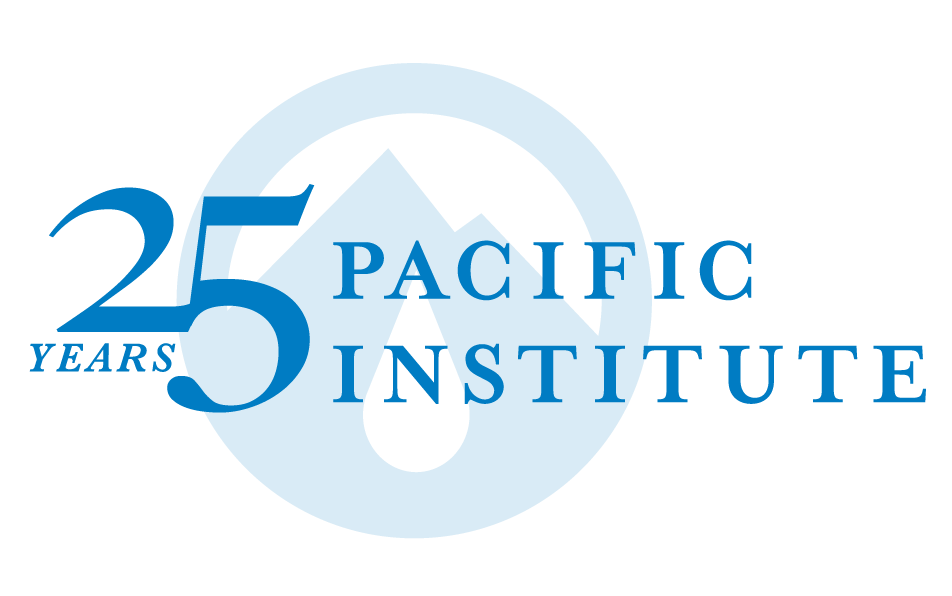
The Pacific Institute's Community Choices tool helps pick the right HWTS water treatment for your needs.
Household water treatment and safe storage (HWTS) has emerged as a viable solution for small and large populations, especially in rural areas. HWTS interventions can lead to dramatic improvements in drinking water quality and reductions in diarrhoeal disease, making an immediate difference to the lives of those who rely on water from polluted rivers, lakes and, in some cases, unsafe wells or piped water supplies.
To decide which household water technology is most appropriate for your needs, financials, and preferences, try using the Community Choices tool by The Pacific Institute. It walks you through a brief survey to consider variables for the right HWTS treatment in Ghana, Burkina Faso, Australia and the US.
HTWS filtration links
- To accelerate health gains to those without reliable access to safe drinking water, WHO established the International Network to Promote HWTS in 2003. The informal network format optimizes flexibility, participation and creativity to support coordinated action. The Network.

